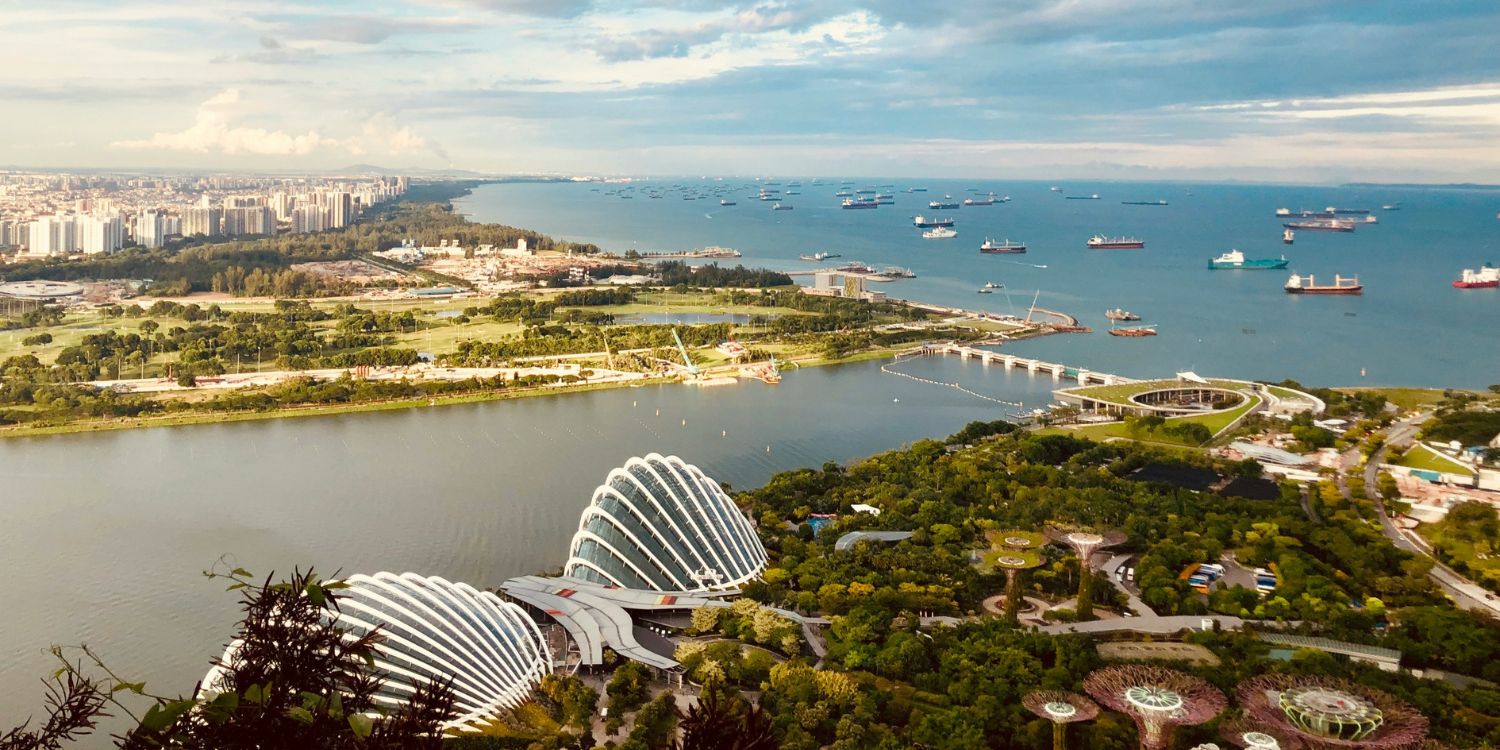NEA reveals that 2023 is Singapore’s 4th warmest year on record
In a press release on 23 March, the National Environment Agency (NEA) revealed that 2023 is Singapore’s fourth warmest year on record.
The average temperature for that year reached 28.2°C.
In addition, NEA noted that the last decade, from 2014 to 2023, has been Singapore’s warmest decade on record.
Average temperature in the last decade saw 0.33°C increase
NEA said in the press release that in 2023, Singapore’s annual average temperature was 28.2°C, tying it with 1997 and 2015 for the fourth warmest year on record.
While the year started with cooler temperatures, monthly temperatures from April onwards were above long-term averages.
Between May and November, monthly temperatures also broke several records. For instance, October’s monthly mean temperature of 29.0°C broke the previous record by 0.3°C, set in 2002.
The last decade from 2014 to 2023 has also been Singapore’s warmest decade on record with 28.06°C, 0.33°C warmer than the 2004 to 2013 decade.

Despite these high numbers, the agency noted that this decade might be cooler than average compared to mid-century (2040 to 2059) projections.
The figures come from Singapore’s Third National Climate Change Study.
NEA said that the long-term warming trend contributes to warmer temperatures. However, climate variability in 2023 also played its part.
For example, persistent La Niña conditions that developed in 2021 ended in the first quarter of 2023. By the second half of the year, El Niño conditions and a positive Indian Ocean Dipole developed.
Both these events are typically associated with warmer temperatures in Singapore, while La Niña tends to moderate Singapore’s temperatures.
37 days had periods of high heat stress
NEA stated that Singapore’s annual temperature trend in 2023 is similar to the global trend that the World Meteorological Organisation recently reported.
The shift to El Niño conditions made 2023 the warmest year on record globally since 1850.
The agency warned that the warmest annual temperatures from El Niño events typically occur the year after it forms for both Singapore and globally. As such, 2024 could be even warmer.
In addition, Singapore experienced 37 days with periods of high heat stress in 2023, when the hourly average Wet Bulb Globe Temperature was equal to or greater than 33°C.
May saw the highest number of high heat stress days at 10, with October experiencing eight such days.
For these two months, record high temperatures and lower rainfall led to more periods of high heat stress .
The number of high heat stress days is estimated to triple by the middle of the century compared to in 2023, between 53 and 155 days.
2023 was Singapore’s 7th wettest year, on top of being 4th warmest
2023 was also Singapore’s seventh wettest year since 1980.
The average annual total rainfall came up to 2866mm, 13.1% above the long-term 1991 to 2020 average of 2534mm.

The first three months of the year saw high rainfall. February 2023 recorded over twice its long-term average of 132mm.
The year also had multiple months which were drier than average, including August and October.
Despite this, the 2023 Southwest Monsoon season was overall wetter than usual when an El Niño is present.
Projections show that Singapore’s wet months, which are December to January, may get wetter, following previous observations.
Dry months, such as June to September, were projected to get drier.
However, NEA noted that such observations have not come true, although this could be due to El Niño’s and La Niña’s influence on Singapore’s rainfall for these months.
Other weather events that took place in 2023
There were several other events that occurred in 2023, according to NEA.
A wet monsoon surge took place from late February to early March last year. It was an uncommon occurrence during the end phase of the Northeast Monsoon.
On 28 Feb, heavy rains from the monsoon surge resulted in 225.5mm of rainfall at Kallang. This became the highest daily total rainfall ever recorded that month.
Newton also saw temperatures drop to 21.1°C, the lowest temperature in 2023.
Meanwhile, May experienced dry and warm weather which caused new temperature records for the month. 13 May saw the highest daily maximum temperature of 37.0°C at Ang Mo Kio.
This made it the warmest day in May on record, tying it with 17 April 1983 as the highest-ever temperature recorded in Singapore.
Nine days in May also hit maximum temperatures that were 35°C or above.
The Changi climate station recorded new highs for the monthly average daily mean temperature and monthly average daily minimum temperature for May, with it being 29.5°C and 26.7°C respectively.
An escalation in hotspot activity and smoke haze in surrounding areas took place as well. There was subsequently a shift in prevailing winds on 7 and 8 Oct last year, blowing lighter smoke haze to Singapore.
As a result, hazy conditions with a deterioration in the air quality into the Unhealthy range occurred over parts of the island on those two days.
The eastern part of Singapore saw the highest 24-hour PSI of 123 between 8pm and 9pm on 7 Oct.
Have news you must share? Get in touch with us via email at news@mustsharenews.com.
Featured image adapted from carolynlau on Unsplash for illustration purposes only.








